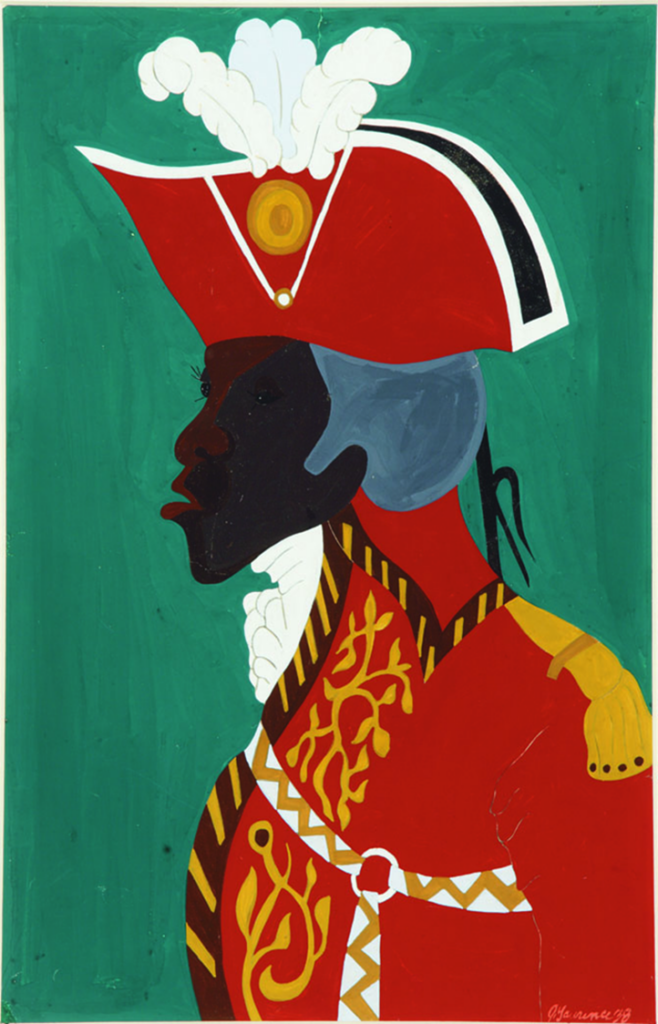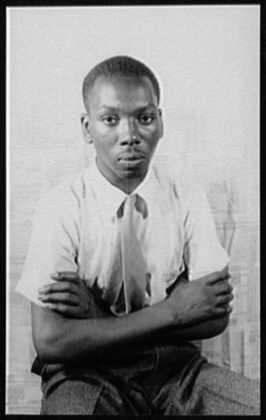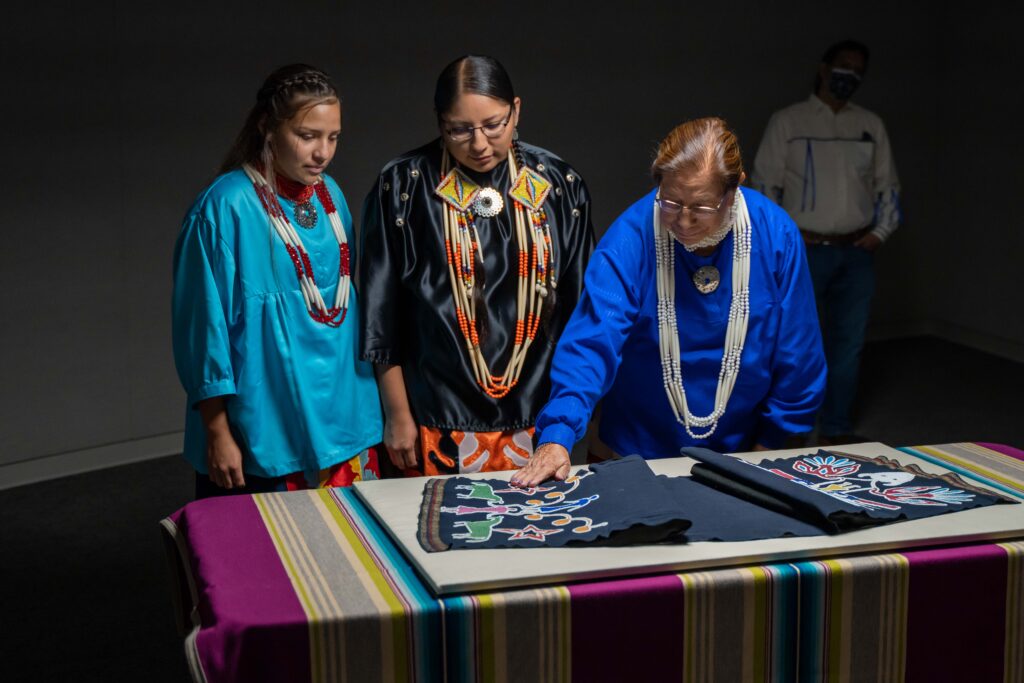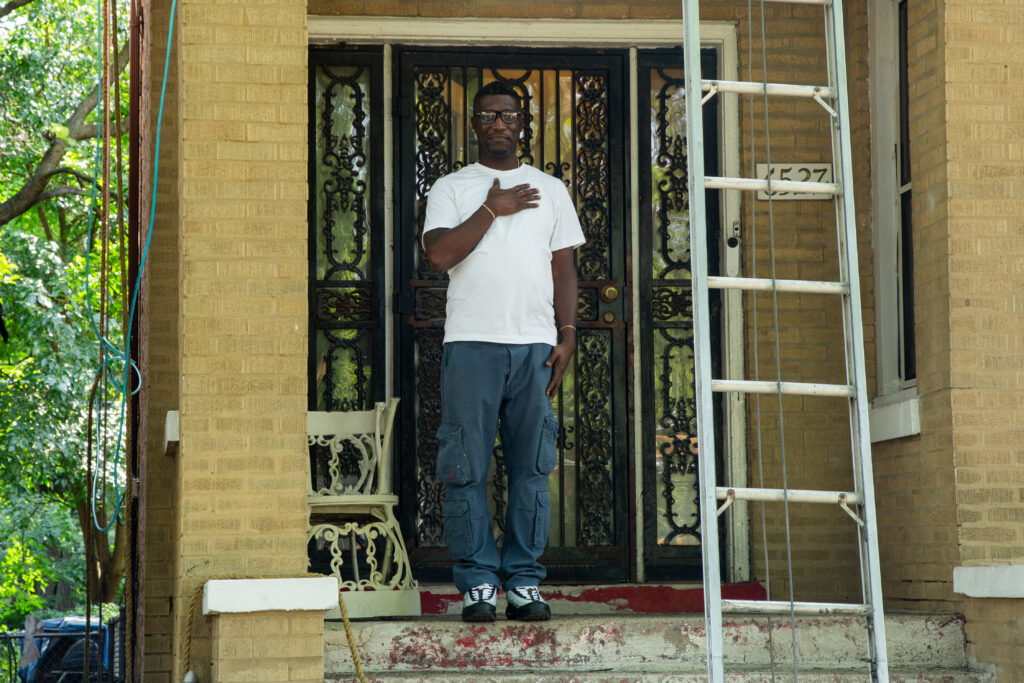In 1938 Lawrence, aged 21, completed a series of forty-one paintings that chronicle the rise and death of freedom fighter Toussaint L’Ouverture as he labored to liberate Saint-Domingue from the oppressive, colonizing forces of Spain, France, and Great Britain. Marked by bright colors, dynamic patterns, and easily readable narrative images, the paintings make up Lawrence’s first series. In 1939, the series was shown in its entirety at the Baltimore Museum of Art. Howard University professor Alain Locke hailed The Life of Toussaint L’Ouverture series as “one of the most important” and “symbolic” works of its time.1 With the assistance of Locke, Brady, and Lawrence’s art dealer, Edith Gregor Halpert, the young artist received considerable critical attention and launched his career on a national stage. After the Baltimore showing, Brady directed the acquisition of the Toussaint series by the Harmon Foundation. Brady also encouraged the Museum of Modern Art in New York and the Phillips Collection in Washington, D.C., to acquire Lawrence’s The Migration of the American Negro, 1940–41, a series of sixty paintings with accompanying captions that narrate the story of the vast migration of African Americans moving in larger numbers from the rural American South to the urban North and the newly developed Western regions of the United States.
After the Harmon Foundation ceased operations in 1967, it began dispersing its considerable art collection among several institutions in order to foster intercultural, interracial, and international understanding through art. These institutions included the Smithsonian American Art Museum, the National Portrait Gallery, and, most significantly, the AMA. By the late 1960s, the AMA became known as the United Board of Homeland Missions of the United Church of Christ (UBHM). UBHM agents Grant Spradling and Jay Buell transferred 250 works, including the Toussaint series, to the ARC. Mary Brady requested that David C. Driskell be appointed curator of those gifted works at the ARC, and the position was supported financially by UBHM.
Through this multi-year research project, ARC will undertake the conservation work necessary to preserve and exhibit the Toussaint series. In turn, ARC and the Terra Foundation will focus on deep research into the series within the context of historical and geopolitical events that occurred both before and after the conceptualization and exhibition of the paintings. These efforts will expand narratives of American art, deepen the legacy of an American artist, and elevate, to audiences around the globe, the leadership of a world hero whose story has been hidden in plain sight.
For all foundation grants awarded, please see the grants database. For information about additional grants awarded this fall, please see the grants awarded and Art Design Chicago grants awarded.






